Oskar Triebe
Stanford University
Designing forecasting software for forecast users: Empowering non-experts to create and understand their own forecasts
Apr 22, 2024



Abstract:Forecasts inform decision-making in nearly every domain. Forecasts are often produced by experts with rare or hard to acquire skills. In practice, forecasts are often used by domain experts and managers with little forecasting expertise. Our study focuses on how to design forecasting software that empowers non-expert users. We study how users can make use of state-of-the-art forecasting methods, embed their domain knowledge, and how they build understanding and trust towards generated forecasts. To do so, we co-designed a forecasting software prototype using feedback from users and then analyzed their interactions with our prototype. Our results identified three main considerations for non-expert users: (1) a safe stepwise approach facilitating causal understanding and trust; (2) a white box model supporting human-reasoning-friendly components; (3) the inclusion of domain knowledge. This paper contributes insights into how non-expert users interact with forecasting software and by recommending ways to design more accessible forecasting software.
* 10 pages
NeuralProphet: Explainable Forecasting at Scale
Nov 29, 2021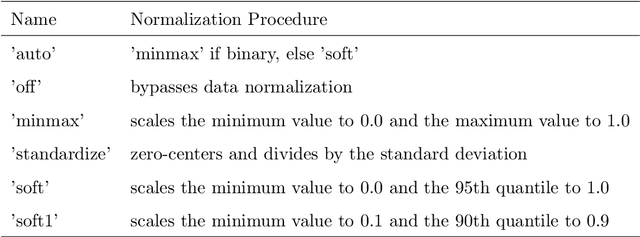

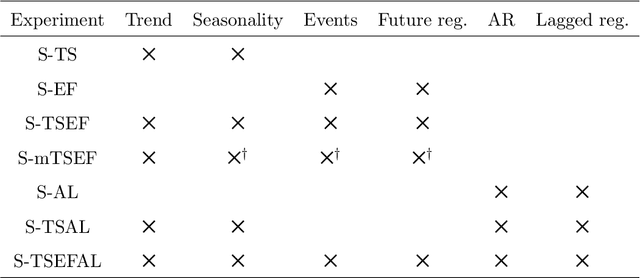
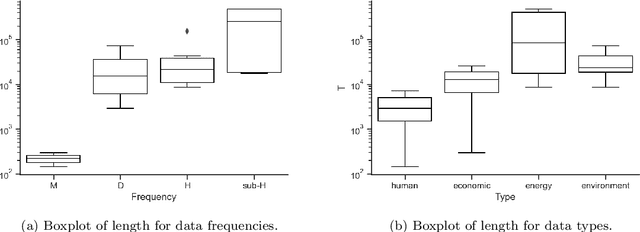
Abstract:We introduce NeuralProphet, a successor to Facebook Prophet, which set an industry standard for explainable, scalable, and user-friendly forecasting frameworks. With the proliferation of time series data, explainable forecasting remains a challenging task for business and operational decision making. Hybrid solutions are needed to bridge the gap between interpretable classical methods and scalable deep learning models. We view Prophet as a precursor to such a solution. However, Prophet lacks local context, which is essential for forecasting the near-term future and is challenging to extend due to its Stan backend. NeuralProphet is a hybrid forecasting framework based on PyTorch and trained with standard deep learning methods, making it easy for developers to extend the framework. Local context is introduced with auto-regression and covariate modules, which can be configured as classical linear regression or as Neural Networks. Otherwise, NeuralProphet retains the design philosophy of Prophet and provides the same basic model components. Our results demonstrate that NeuralProphet produces interpretable forecast components of equivalent or superior quality to Prophet on a set of generated time series. NeuralProphet outperforms Prophet on a diverse collection of real-world datasets. For short to medium-term forecasts, NeuralProphet improves forecast accuracy by 55 to 92 percent.
AR-Net: A simple Auto-Regressive Neural Network for time-series
Nov 27, 2019
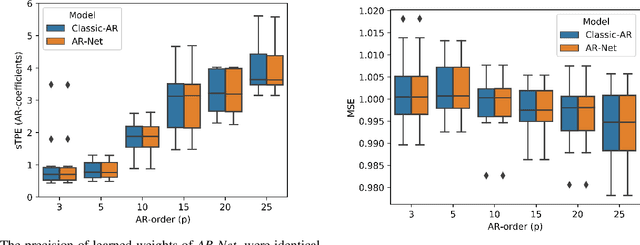
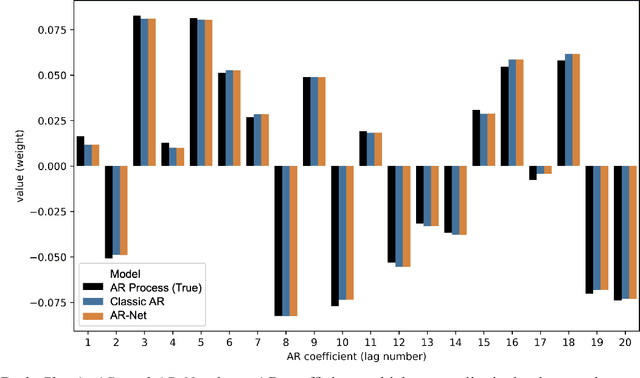

Abstract:In this paper we present a new framework for time-series modeling that combines the best of traditional statistical models and neural networks. We focus on time-series with long-range dependencies, needed for monitoring fine granularity data (e.g. minutes, seconds, milliseconds), prevalent in operational use-cases. Traditional models, such as auto-regression fitted with least squares (Classic-AR) can model time-series with a concise and interpretable model. When dealing with long-range dependencies, Classic-AR models can become intractably slow to fit for large data. Recently, sequence-to-sequence models, such as Recurrent Neural Networks, which were originally intended for natural language processing, have become popular for time-series. However, they can be overly complex for typical time-series data and lack interpretability. A scalable and interpretable model is needed to bridge the statistical and deep learning-based approaches. As a first step towards this goal, we propose modelling AR-process dynamics using a feed-forward neural network approach, termed AR-Net. We show that AR-Net is as interpretable as Classic-AR but also scales to long-range dependencies. Our results lead to three major conclusions: First, AR-Net learns identical AR-coefficients as Classic-AR, thus being equally interpretable. Second, the computational complexity with respect to the order of the AR process, is linear for AR-Net as compared to a quadratic for Classic-AR. This makes it possible to model long-range dependencies within fine granularity data. Third, by introducing regularization, AR-Net automatically selects and learns sparse AR-coefficients. This eliminates the need to know the exact order of the AR-process and allows to learn sparse weights for a model with long-range dependencies.
 Add to Chrome
Add to Chrome Add to Firefox
Add to Firefox Add to Edge
Add to Edge